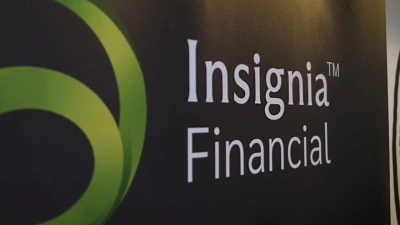Global reinsurance industry sees 8% boost in H1


Capital in the global reinsurance industry has increased 8% in H1 2019 to US$559 billion from US$518 billion at the end of last year.
This was according to findings from the Reinsurance Market Report from Willis Re, the reinsurance business of global advisory company Willis Towers Watson.
The largest component was capital of the 36 reinsurance companies tracked in the Willis Reinsurance Index, which went up 11% to US$440 billion due to falling bond yields and rising equity markets.
The return on equity (RoE) for natural catastrophe (nat cat) losses and prior year reserve releases jumped 13.9% from 8.5% at the middle of 2018.
Normalising for nat cat losses and removing the benefit from reserve, meant an underlying RoE of 10.8% or 4.2% excluding investment gains.
James Kent, global chief executive for Willis Re, said looking behind the headline figures revealed a positive direction for reinsurers so far this year with modest reductions in non-catastrophe combined and expense ratios.
“This improvement is supported by the positive trajectory seen in 2019 market pricing across many lines,” Kent said.
“The slowdown in reserve releases continues, however, so in the months and years ahead reinsurers will need to further realize these trends.”
Recommended for you
A financial advice firm has been penalised $11 million in the Federal Court for providing ‘cookie cutter advice’ to its clients and breaching conflicted remuneration rules.
Insignia Financial has experienced total quarterly net outflows of $1.8 billion as a result of client rebalancing, while its multi-asset flows halved from the prior quarter.
Prime Financial is looking to shed its “sleeping giant” reputation with larger M&A transactions going forward, having agreed to acquire research firm Lincoln Indicators.
An affiliate of Pinnacle Investment Management has expanded its reach with a London office as the fund manager seeks to grow its overseas distribution into the UK and Europe.















